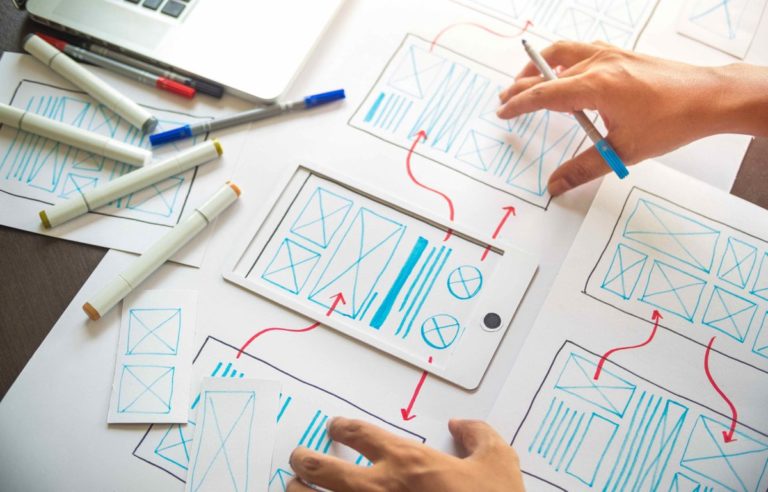Design Prototyping
What is Design Prototyping?

Definition:
“Design Prototyping” is the process of creating a preliminary model or representation of a product, system, or application to visualize its design, functionality, and user interactions. Prototyping is an integral part of the design and development process, allowing designers and stakeholders to test and iterate on ideas before committing to the final product. It serves as a tangible, interactive draft that helps validate concepts and gather feedback for refinement.
Analogy:
Think of Design Prototyping as creating a rough sketch before painting a masterpiece. Just as an artist sketches out ideas before starting the final artwork, designers use prototypes to outline and refine concepts before the full implementation of a product or system.
Further Description:
Design Prototyping involves translating abstract ideas and concepts into a tangible form that users can interact with. This can range from low-fidelity paper sketches to high-fidelity digital prototypes. Prototypes can be static, showcasing the visual design, or interactive, allowing users to experience the flow and functionality.
Key Components of Design Prototyping:
Conceptualization: Defining the goals, features, and interactions that the prototype will represent.
Visualization: Creating a visual representation of the design, including layout, colors, and branding.
Functionality: Implementing interactive elements to simulate the user experience and flow.
Testing: Gathering feedback from users, stakeholders, or team members to identify areas for improvement.
Iteration: Making necessary adjustments based on feedback to refine and enhance the prototype.
Why is Design Prototyping Important?
User Feedback: Prototypes allow designers to gather early feedback from users, ensuring that the final product aligns with user needs and expectations.
Risk Mitigation: Identifying design flaws or usability issues early in the process helps mitigate risks and reduces the likelihood of costly changes during later stages of development.
Communication: Prototypes serve as a communication tool, enabling designers to convey their vision to stakeholders and team members more effectively than abstract descriptions.
Examples and Usage:
- Website Wireframes: Designers create wireframe prototypes to outline the structure and layout of a website before adding visual elements.
- Mobile App Interactions: Prototypes simulate mobile app interactions, allowing designers to test navigation, transitions, and overall user experience.
- Product Mockups: Physical or digital product prototypes help visualize the final appearance and features of a physical product.
In summary, Design Prototyping is a crucial step in the design process, involving the creation of preliminary models to visualize, test, and refine design concepts before final implementation.
Key Takeaways:
- Design Prototyping is the process of creating preliminary models to visualize and test design concepts.
- It involves conceptualization, visualization, functionality, testing, and iteration.
- Prototypes gather early user feedback, mitigate risks, and serve as a communication tool.
- Examples include website wireframes, mobile app interactions, and physical product mockups.




